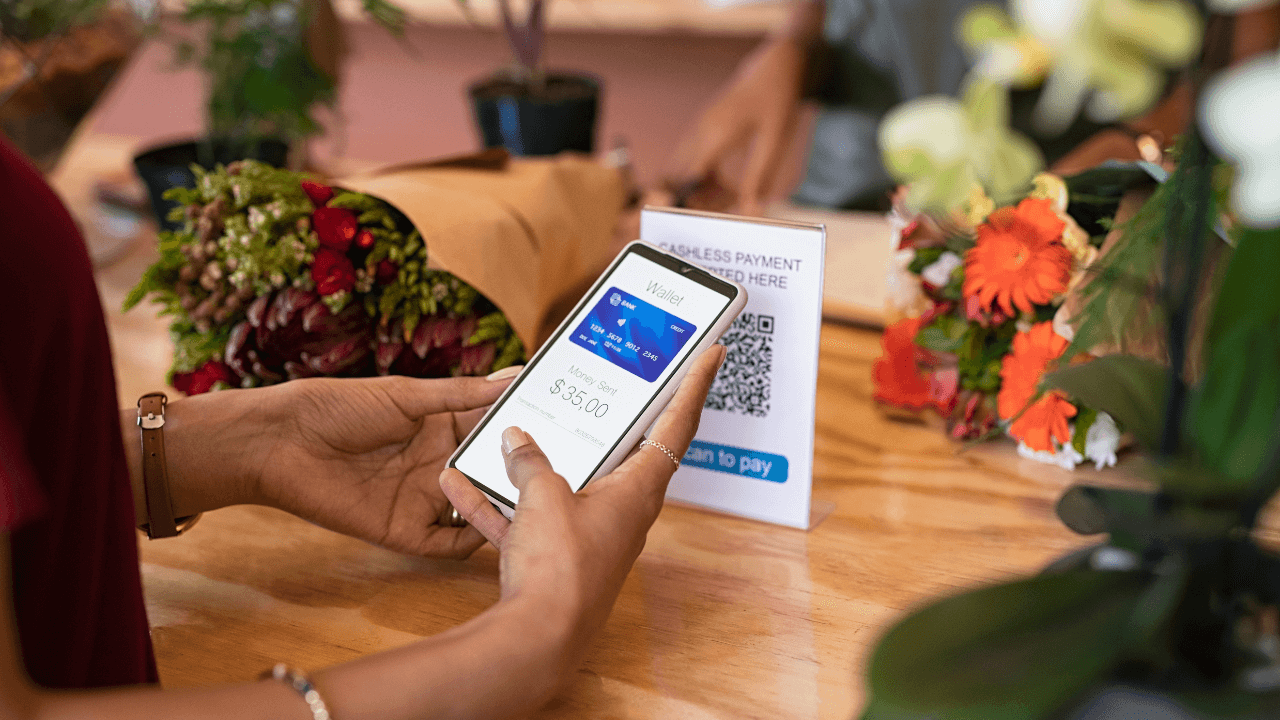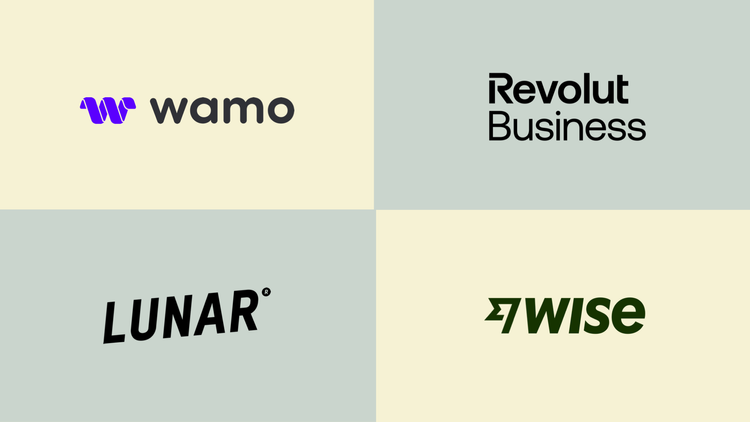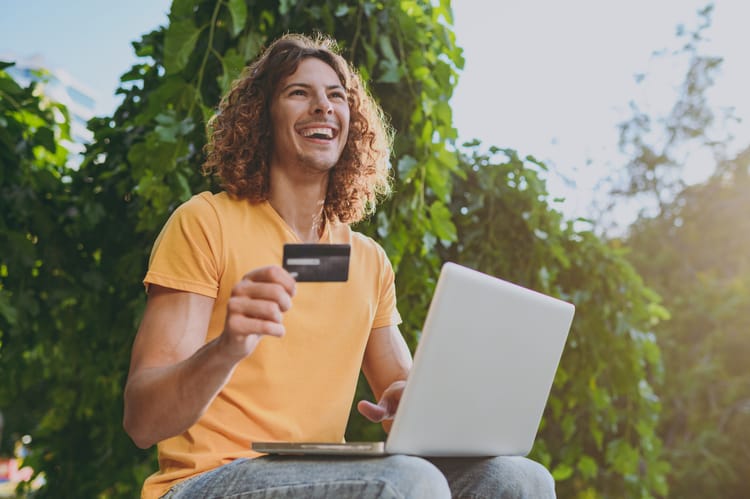When was the first time you used a QR code to pay for something? Our guess is, recently, and maybe you’ve started to notice the little squares all over the place. The humble QR has been around for 26 years, waiting in the wings for its moment – which certainly came with a bang in 2020.
What happened?
The global behaviour changes required to keep a deadly virus at bay meant that retailers had to be able to offer contactless payments fast for fear of losing out on purchases by consumers suddenly wary of touching cash or the buttons on a PoS machine. QR codes also provided the perfect solution for governments’ implementation of track and trace systems to monitor the COVID-19 situation in realtime.
Payments made easy
QR codes on menus allow patrons to order and pay without having to leave their table or to interact with anyone but their own party, QR codes at checkouts mean quick, easy contactless and contact-free purchases in shops trying to keep the doors open by keeping virus transmission opportunities down. QR codes for marketing and retail purchases are here to stay as merchants realise how much easier and cost effective they are than other digital payment methods and customers get used to being able to make payments and discover information about products instantly without needing cards, bank details or a waitron or shop steward’s assistance.

But how does it work?
QR stands for Quick Response and a QR code is much like a barcode except that it has both horizontal (as in a standard shop barcode) and horizontal dimensions which allows it to hold a lot of information for e.g: merchants details and transaction details. When you use your smart phone camera to scan a QR code the software in your phone decodes it to access (in the case of payments) the commands relating to the transaction. As a merchant the QR code you provide for your customers could, for example, confirm a payment or even pass discount or loyalty points information on to a customer. As a consumer the merchant’s QR code allows you to pay by simply scanning the code, keying in your amount and hitting send, it can also help you learn more about the product you are looking at, join the retailers loyalty programme or just about anything else surrounding the transaction and brand – all contained in the tiny square.
And the fuss?
The beauty of paying in this way means that cash goes directly from the customer’s bank account to the merchant account without the usual lag time involved in digital payments and also means that there is no need for cards or any sort of PoS (Point of Sale) device in order to exchange goods for money. No transfer or PoS usage costs and no need to be there as a merchant in order to accept a payment. QR is very egalitarian.
We’re looking forward to launching our QR payments feature to bring the ease and affordability of the technology to consumers and businesses alike. The time has finally arrived for this 26 year-old bit of technology to shine.







